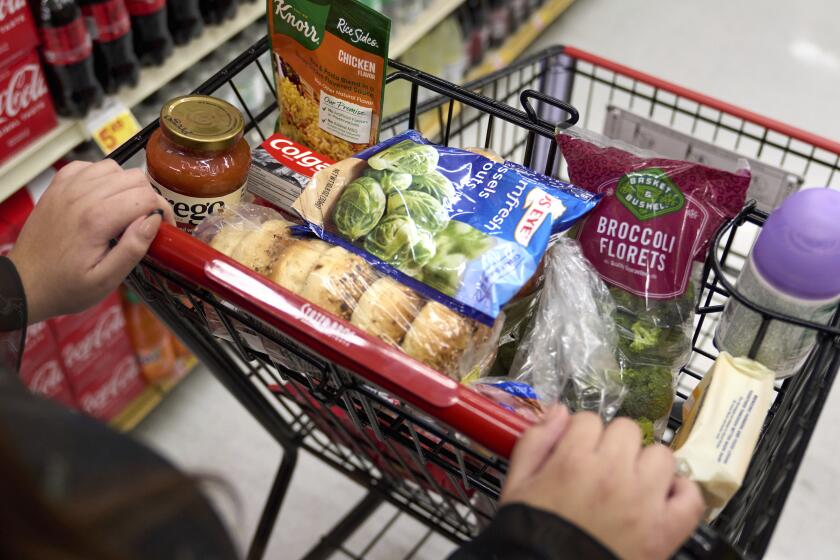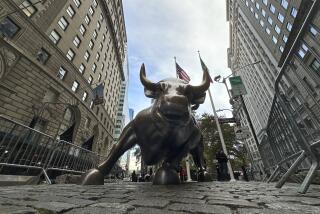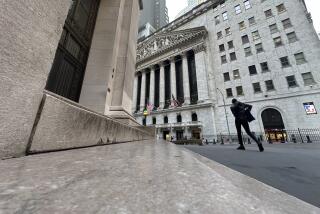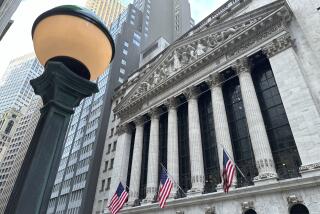Wall Street drops as faltering Chinese economy sets off global slide
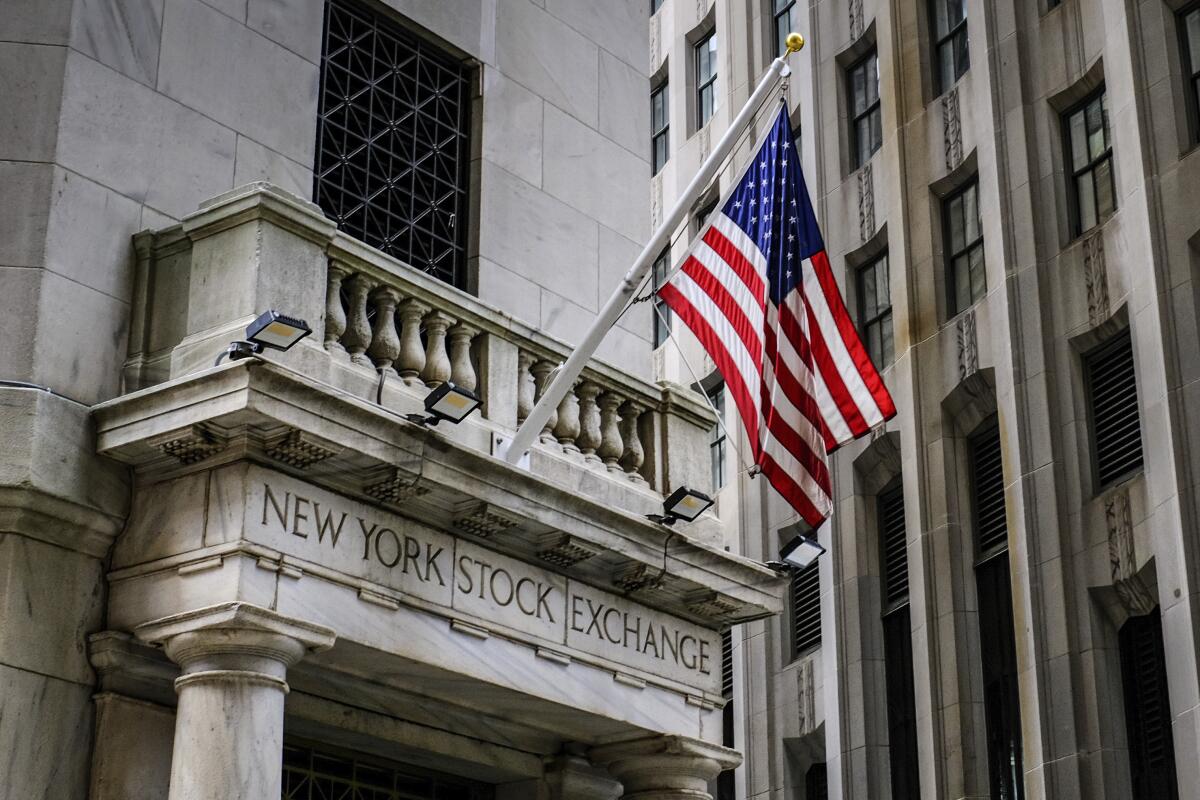
A sharp drop for Wall Street capped a day of declines around the world Tuesday after discouraging data on China raised worries about the global economy.
The Standard & Poor’s 500 slumped 1.2% for one of its worst drops since the spring after data showed a deepening slump in July for the world’s second-largest economy. The Dow Jones industrial average tumbled 361 points, or 1%, and the Nasdaq composite sank 1.1%.
Coming into this year, the expectation was that China’s economy would grow enough after the government removed anti-COVID restrictions to prop up a global economy weakened by high inflation. But China’s recovery has faltered so much that it unexpectedly cut a key interest rate on Tuesday and skipped a report on how many of its younger workers are unemployed.
Worries about the knock-on effects for the rest of the global economy are weighing on Wall Street, where stocks have already been retrenching in August. The pullback follows a gangbusters first seven months of the year that critics called overdone.
In the U.S., the economy has so far remained more resilient than expected despite higher interest rates. A report on Tuesday showed growth of sales at U.S. retailers accelerated by more in July than economists expected.
Some teachers are turning to social media to afford supplies and help make their classrooms more equitable.
“U.S. retail sales are charging ahead, and a lot of that may be on charge cards,” said Brian Jacobsen, chief economist at Annex Wealth Management. “Still, the U.S. consumer is showing few signs of slowing down.”
Strong spending by U.S. consumers has been helping to keep the economy out of a long-predicted recession. It’s held up as the job market has remained solid, even under the weight of much higher interest rates.
The strong retail sales report raises hopes the U.S. economy can keep growing and avoid a long-predicted recession. But on the downside for markets, it could also raise the Federal Reserve’s resolve to keep interest rates high to fully grind down inflation.
The Fed has already hiked its key interest rate to the highest level in more than two decades. High rates work by bluntly dragging on the entire economy and hurting prices for investments.
“Numbers like today’s just make it more likely that rates will remain higher for longer, even if the Fed doesn’t hike them next month,” said Mike Loewengart, head of model portfolio construction at Morgan Stanley Global Investment Office.
Treasury yields initially rose after the retail sales report, approaching their highest levels since the 2007-09 Great Recession, before jostling up and down.
Any stigma of buying fashion secondhand is gone. Shoppers are running mini resale businesses as the investment value of certain luxury brands has soared.
A faltering Chinese economy could mean less demand for oil and other commodities.
The price for a barrel of U.S. crude oil dropped $1.52 to $80.99. Prices also fell for Brent crude, the international standard, and for copper.
The declines meant stocks of energy and raw-material producers were among the biggest losers in the S&P 500. Exxon Mobil’s 2.6% drop was one of the heaviest weights on the index.
Banks also sank, continuing a rocky run for them since the high-profile failures of several during the spring that were caused in part by higher interest rates.
Smaller and midsize banks have been under the heaviest scrutiny from investors and credit rating analysts, and Comerica, Citizens Financial Group and Zions Bancorp. all fell at least 4.4% for some of the largest losses in the S&P 500.
Consumers are switching grocery stores, brands and ingredients as they try to cope with the cost of food.
The largest loss came from Discover Financial Services. It dropped 9.4% after it said its chief executive was stepping down, effective immediately.
Elsewhere on Wall Street, more reports on corporate profits that came in better than expected helped to limit the market’s losses.
Home Depot gained 0.7% after it topped expectations for both revenue and profit, though it’s feeling the effects of much higher interest rates. The home improvement retailer said it’s seeing continued pressure on some types of big-ticket projects.
Stocks of home builders bounced between gains and losses after Warren Buffett’s Berkshire Hathaway disclosed it had bought stakes in several. Other investors often try to copy the famed investor’s moves. Builder D.R. Horton rose 2.9%. It was one of just 43 stocks in the S&P 500 that rose, as more than 90% within the index fell.
All told, the S&P 500 fell 51.86 points to 4,437.86. The Dow dropped 361.24 points to 34,946.39, and the Nasdaq sank 157.28 points to 13,631.05.
In stock markets abroad, indexes slumped in Europe after falling 1% in Hong Kong and 0.1% in Shanghai.
Pressures are appearing worldwide. Also Tuesday, Russia’s central bank raised its main lending rate in an emergency move to strengthen the ruble after the currency reached its lowest value since early in the war with Ukraine. In the U.K., data showed wages for workers are growing at a strong pace, which threatens to add upward pressure on its already high inflation.
Japanese stocks were an exception. The Nikkei 225 rose 0.6% after Japan reported unexpectedly strong growth in its economy during the spring.
In the bond market, the yield on the 10-year Treasury rose to 4.21% from 4.20% late Monday. It helps set rates for mortgages and other important loans.
The two-year Treasury yield, which more closely follows expectations for the Fed, fell to 4.94% from 4.97%.
AP writers Joe McDonald and Matt Ott contributed to this report.
More to Read
Inside the business of entertainment
The Wide Shot brings you news, analysis and insights on everything from streaming wars to production — and what it all means for the future.
You may occasionally receive promotional content from the Los Angeles Times.


